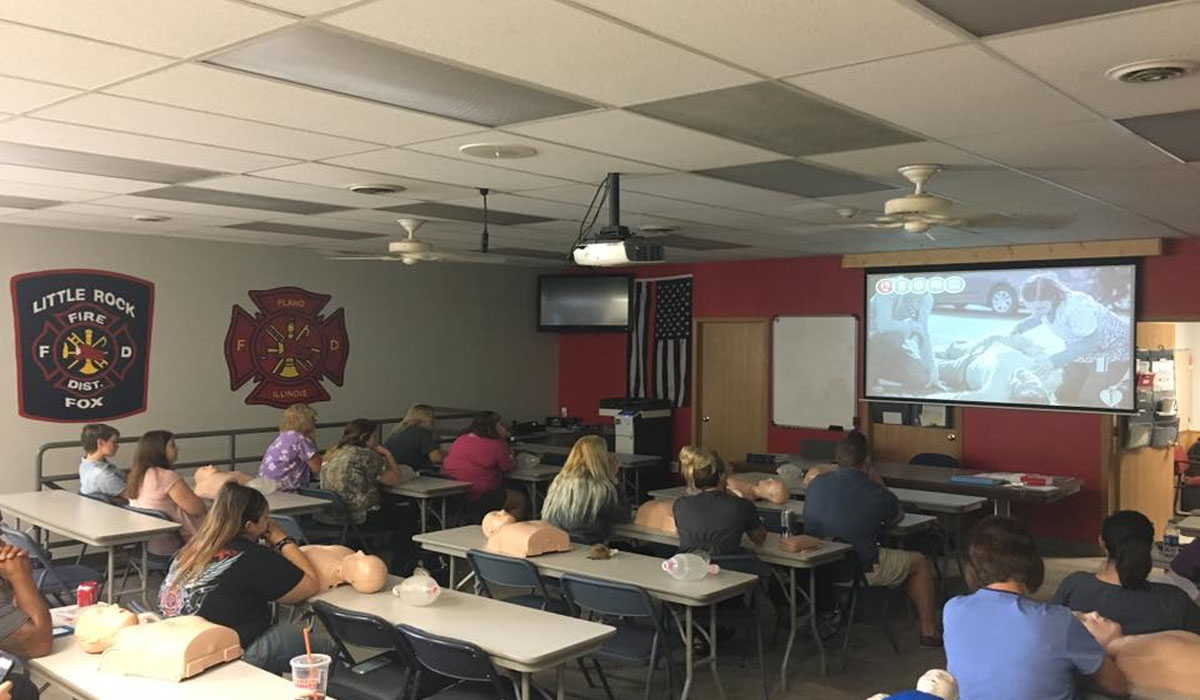
The Illinois Safety, LLC Program (What Classes We Offer)
Taking The Life-Saving Classes We Offer Is Challenging
Everyone should be ready in case something goes wrong medically. But it can be hard to know what to do in different situations. Because of this, Illinois Safety offers classes to make sure you are ready for anything. We have set up a decent room for each class. All our instructors are active firefighters or paramedics with a lot of experience. We’re here to teach you what to do in an emergency so you can be ready and feel good about yourself.
You can learn more about our program in this article. Have more questions? Visit our FAQs page and check our customer reviews for more details. Contact us at (630) 290-4280 today to sign up for a class in the Chicago area!
What Are The Safety Classes We Offer?
1. Pediatric Advanced Life Support (PALS) Classes
The Pediatric Advanced Life Support (PALS) classes offered by Illinois Safety, LLC can help you get ready for a job working with kids. People who care for babies and kids as part of their job can take the PALS classes we offer. They are based on the American Heart Association’s guidelines for advanced life support for children.
PALS is a full, hands-on program that teaches you how to find and help a child in a dangerous situation. It discusses the most common reasons kids get sick or hurt, such as trouble breathing, shock, cardiac arrest, and seizures. So if you’re looking for a pediatric advanced life support course near you, contact us now!
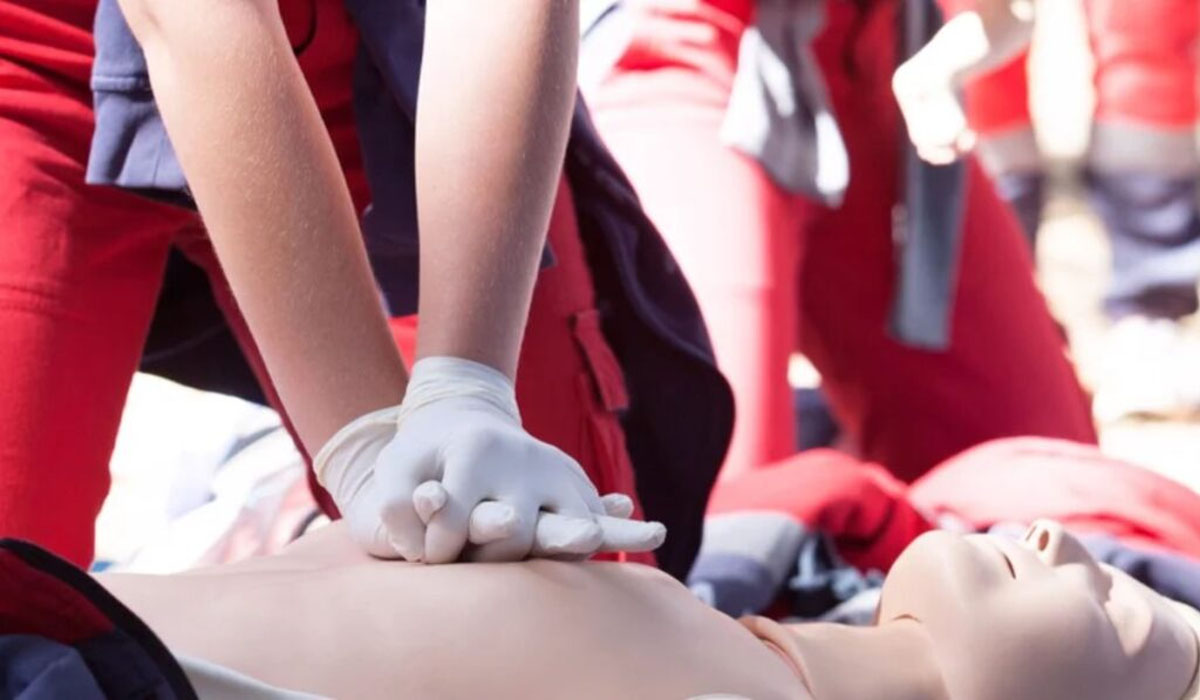
2. Advanced Cardiovascular Life Support (ACLS) Classes
It is a course that teaches people who work in health care how to find and treat heart problems that could endanger or kill someone. It is for people who work in health care and have taken or are taking BLS/PALS training. Those in the medical field who want to teach ACLS also need to take this course.
In this class, you will learn the following:
- How to spot arrhythmias that could kill you;
- Techniques for cardioversion and defibrillation that work together;
- What to do when you have chest pain;
- What to do in an emergency if someone has a heart attack or a stroke;
- Being able to spot and handle airway emergencies
- How to do effective chest compressions during CPR
- Recognizing when a patient is not responding and needs CPR (CPR).
3. Basic Life Support (BLS) CPR Class
This is for adults and kids over 12 on how to give first aid. Learn how to do CPR and use an AED (AED). This doesn’t cover what to do in a crisis. Instead, it teaches simple first-aid skills you can use in everyday life.
Online BLS recertification aha approved course for healthcare workers who need to keep their certification up to date. It goes into detail about the basic ideas and skills of CPR. Several videos, animations, and exercises you can do with others are used.
Take our BLS CPR class if you want to learn the basics of CPR. Anyone can take this class; you don’t need to know anything about medicine. There are talks, videos, group discussions, and hands-on training as part of it. You’ll feel confident and ready to handle anything when you’re done with it.
4. HeartSaver First Aid CPR AED Class
It’s meant to teach you what to do in an emergency before EMS arrives. This shows you how to help people with a heart attack, choking, or other dangerous medical problems. Also, it shows how to use an automatic external defibrillator (AED).
This will help you stay ready to help in an emergency, no matter how much or little you know about first aid. It has the same information as the original course. Also, based on what the AHA has learned, it adds new information. This will also help people prepare for re-certification tests given by the AHA.
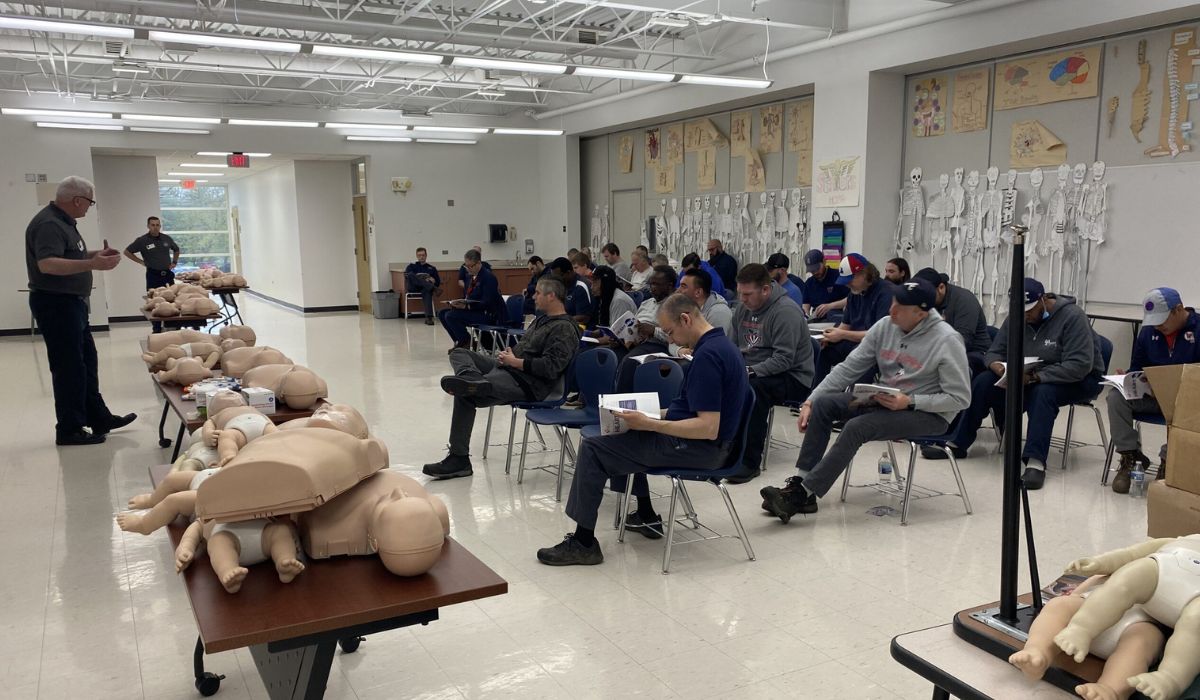
The Difference Between PALS And ACLS
You might wonder what the difference between PALS and ACLS is if you don’t know much about the classes we offer. Both are advanced life support certifications, but they are for different situations.
Focus. PALS takes care of cardiac emergencies in children. ACLS is used to treat heart problems in adults. Because of this, the topics covered in each course are different. ACLS is about how to read an electrocardiogram, while PALS is about how much medicine to give kids (EKGs).
Length. The average length of a PALS course is 12 hours, while an ACLS course is 8 hours. This difference is because the PALS course covers more material than the ACLS course.
Price. PALS courses usually cost more than ACLS because they last longer and cover more information.
So, what do we say? PALS and ACLS are both required courses that can help save lives. But the goals of each class are different. If you need more clarification and are in search of BLS certification near you free, talk to your doctor or another medical professional.
Why Choose Us?
It can be challenging to choose the best CPR program. But the Illinois Safety program is the best choice if you want to learn well and get great customer service. Firefighters and paramedics own our company, and we have teachers all over the Chicago area. This real-world experience is brought back to the classroom, which gives students the confidence to act in an emergency.
As part of our service, we also bring all the gear to you. The American Heart Association sends us to colleges, schools, businesses, gyms, daycares, and other places to teach classes. If you click here, you can see pictures of how we set up the site.
We have a lot of ways to help you. We have a class for everyone, whether you work in the medical field or want to be ready for anything. Our skilled teachers will show you what to do in a dangerous situation. So they can feel safe and sure of who they are. Dial (630) 290-4280 to sign up for a class or to learn more about how you will make a payment.
Illinois Safety Offers The Services As Follows:
Other Articles We’ve Hand-Picked For You:
Frequently Asked Questions
When you get BLS certified, you can show your employer that you have the BLS training you need to improve patient outcomes, whether you are a healthcare provider, in school to become a nurse or physician, a police officer, or a firefighter.
Healthcare professionals more widely accept the American Heart Association CPR Certification. While the Red Cross accepts 80% or higher on their exams as passing, the AHA requires 84% or higher.
- Step 1: Make sure the scene is safe.
- Step 2: Evaluate your breathing.
- Step 3: Turn on the EMS.
- Step 4: Get an AED (Automated External Defibrillator).
- Step 5: CPR (Chest Compressions).
Many professionals consider BLS training to be a necessary skill. It typically trains medical professionals to respond to emergencies and save lives. As a result, some medical companies require BLS certification as a prerequisite for employment.
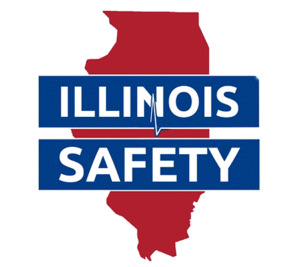
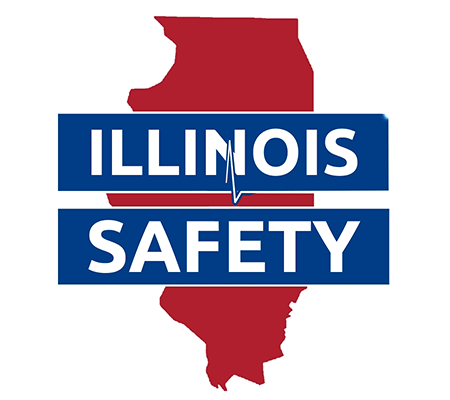
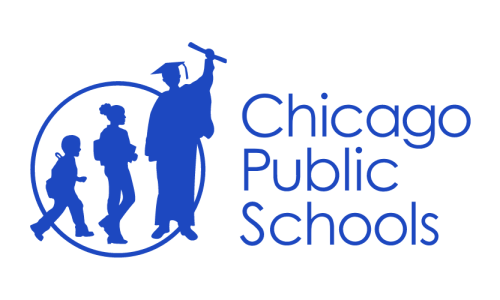
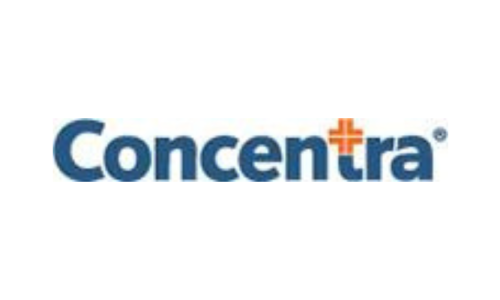
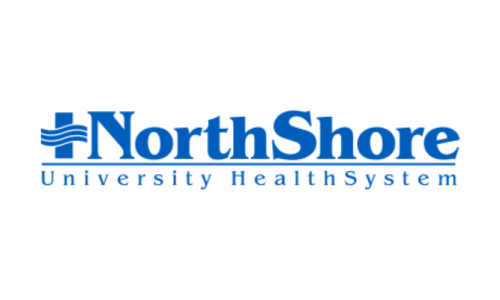
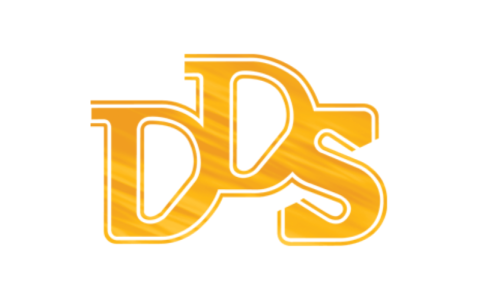
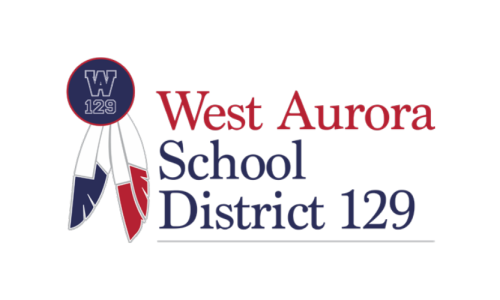

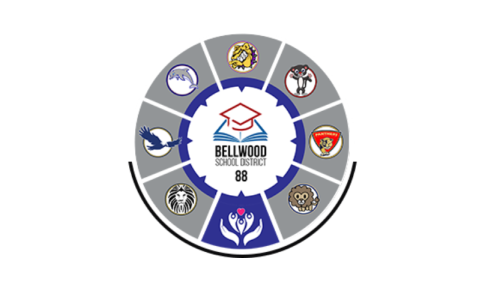
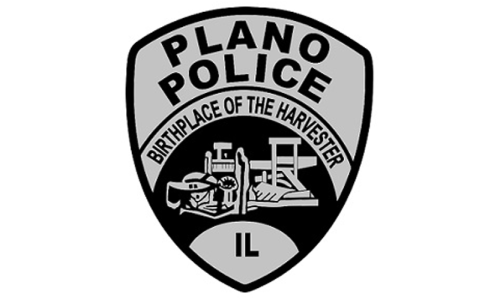
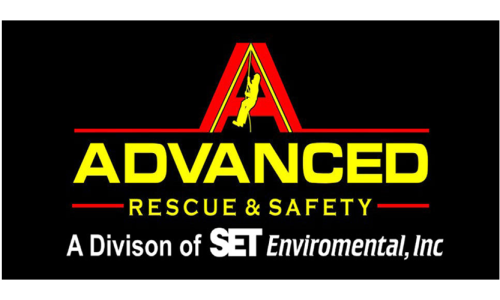
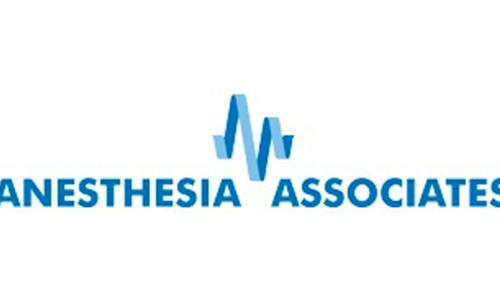
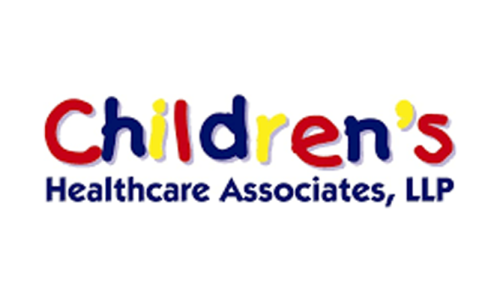
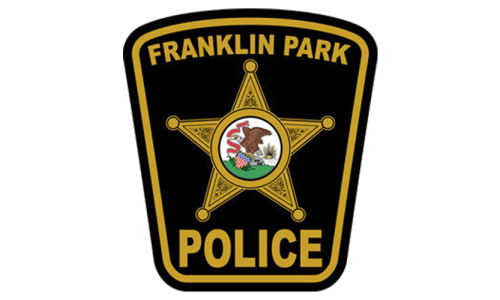
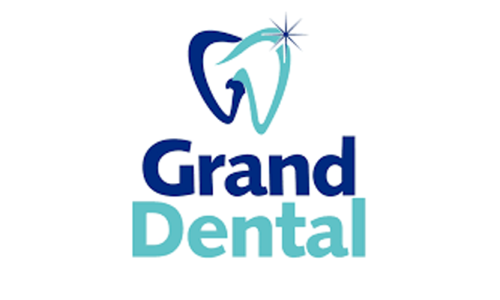
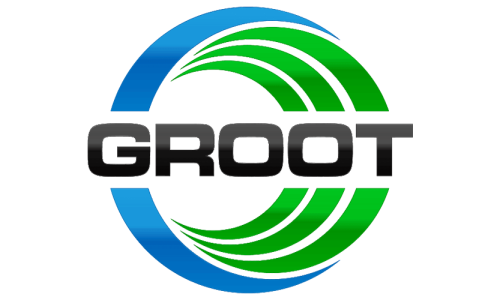
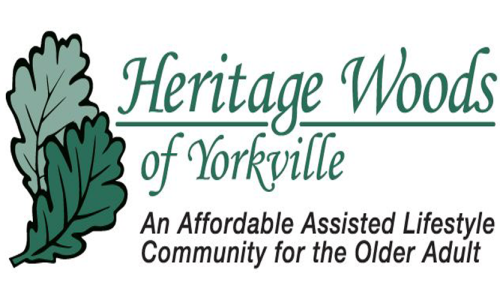
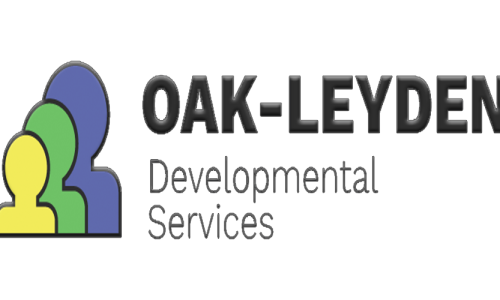
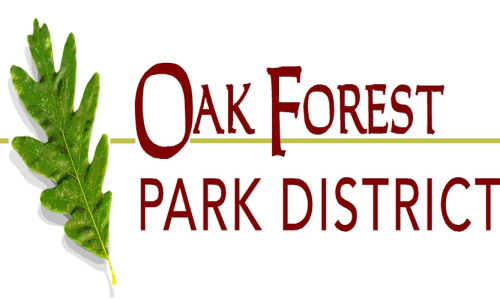

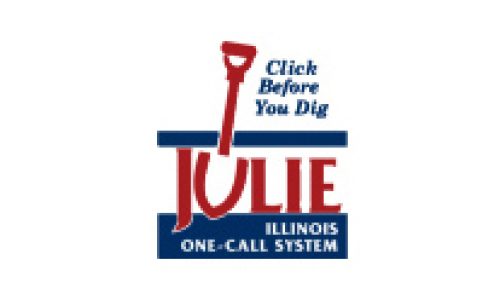
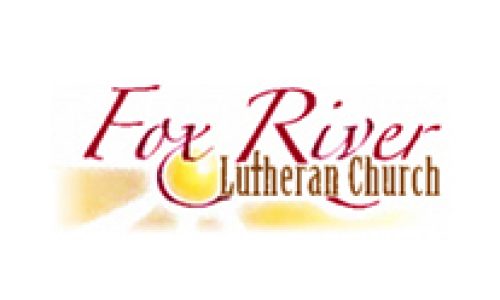
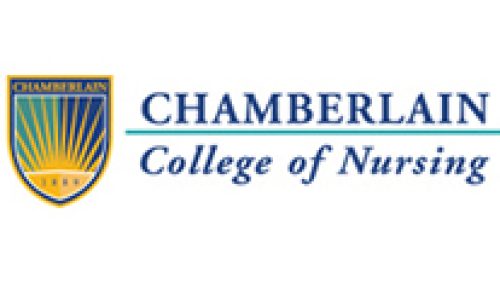
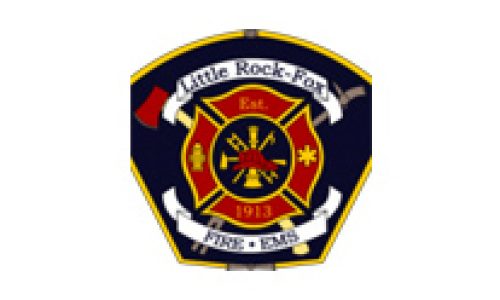
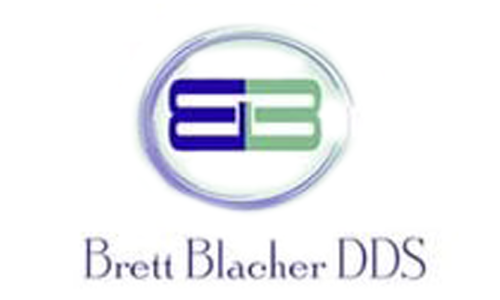
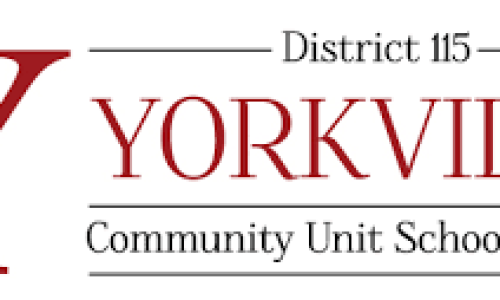
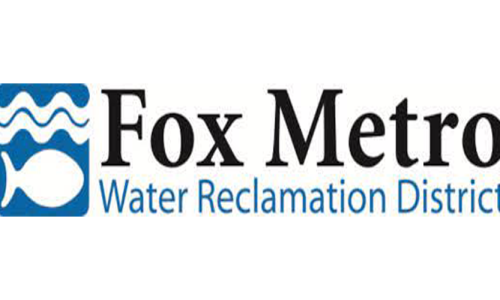
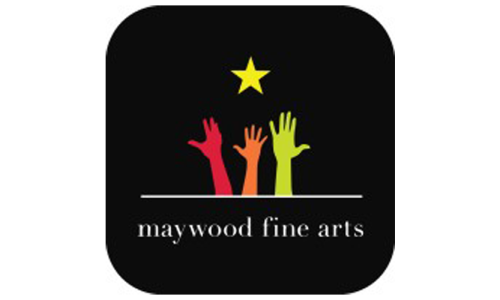


 Powered by
Powered by